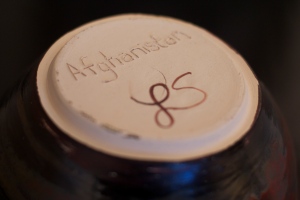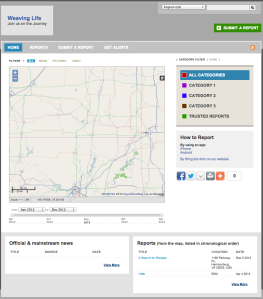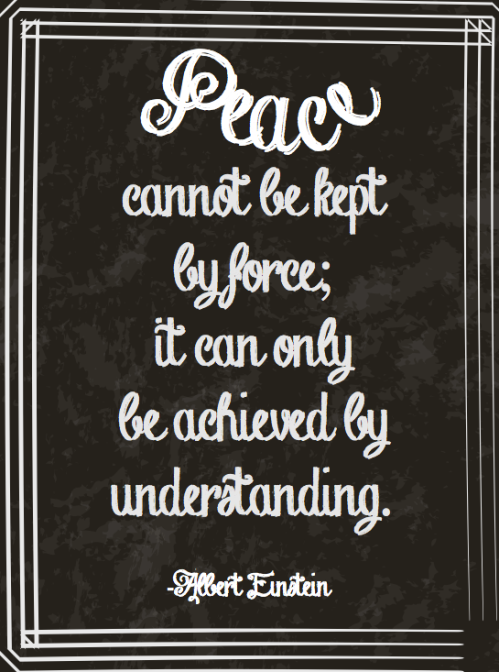Citizen Journalists are people just like you and me that want to show the world what they are seeing. Live streaming is their medium and it has been an import tool recently, especially in the Occupy movements around the country. A citizen journalist needs just one piece of equipment, a smart phone, preferably with unlimited data.
Citizen Journalists are known to go to protests and just film what is happening around them. They are documenting what the protestors are saying as well as watching what the authorities are doing. This has been a way to hold the police and security personnel accountable for their actions. Often times there is corruption during heated events.
When a citizen journalist streams their footage live, people all around the world can watch it in real time on a computer or from another mobile device. The program that is most used is called UStream. It is free to create an account and to download its App. Because of this, anyone can become a citizen journalist.

With this tool there is power, but there is also responsibility. Now more than ever people are able to track the news almost instantly. They can see what is going on right then no matter where they are. Because live streaming is truly live, there is no censoring. Protests can become violent, so when is it too much for people to see? I think this is the same question that new channels are faced with today as well.
We did find an example of a person being kicked off of Ustream. It was not a citizen journalist, but it was an artist. They were live streaming an art show where the artist was using a life size nude doll. Two hours into the show the broadcast was taken off air and replaced with the message: “connect violated terms of service.” It was interesting to see that Ustream really does monitor their broadcasters.
However there is a Citizen Journalist Code of Ethics, which outlines the expected behavior for people to follow. In the Code of Ethics it ha sections that talk about Vigilance, Honesty, Fairness, Courage, Compassion, Respect, Integrity, Accountability, and Humility.
Here is a link to a Citizen Journalist that we were able to meet and talk with. She had no training before she went to her first protest to cover it. You can watch here channel here.









